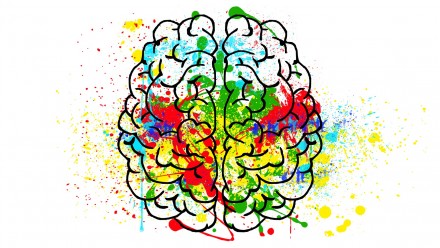Abnormal myelin maps in mild cognitive impairment
Share
Myelin provides insulation for axons and is important for fast information transfer in the brain. During development, our brains become increasingly myelinated until 40-50 years of age, when the process begins to reverse as we age. Recent studies suggest that individuals with neurodegenerative diseases such as Alzheimer’s disease lose myelin at a rate over and above normal age-related loss. Alice and Marnie are interested to know whether myelination patterns can be used to identify individuals who are showing signs of neurodegeneration before the onset of Alzheimer’s disease.
Marnie and Alice used MRI scans from the Alzheimer’s Disease Neuroimaging database (ADNI, adni.loni.usc.edu) to map myelin and model changes over time. They then compared the age-related trajectories in myelin patterns of healthy controls and people with mild cognitive impairment to identify differences that might predict the development of Alzheimer’s disease.
About Alice
Alice Richardson is the Director of the Statistical Consulting Unit (SCU). The Unit was established in 1982 and has continued to build on its reputation for expert statistical advice in study design, data collection and data analysis across all disciplines. The SCU is the most significant source of statistical advice in ANU, working with over 200 students and academics each year. As well as the flagship one-one consultations with HDR students and researchers, the SCU offers online courses in statistical foundations. A/Prof Richardson’s research interests are in linear models and robust statistics; statistical properties of data mining methods; applications of statistical methods to large data sets; and innovation in statistics education. She has a particular interest in biomedical and population health research.
About Marnie
Marnie Shaw is a Senior Research Fellow in the School of Engineering at the Australian National University. Dr Shaw's current research interests lie in applying data analytics and machine learning to a range of data-rich problems, from brain imaging to the integration of renewable energy into the electricity grid.












